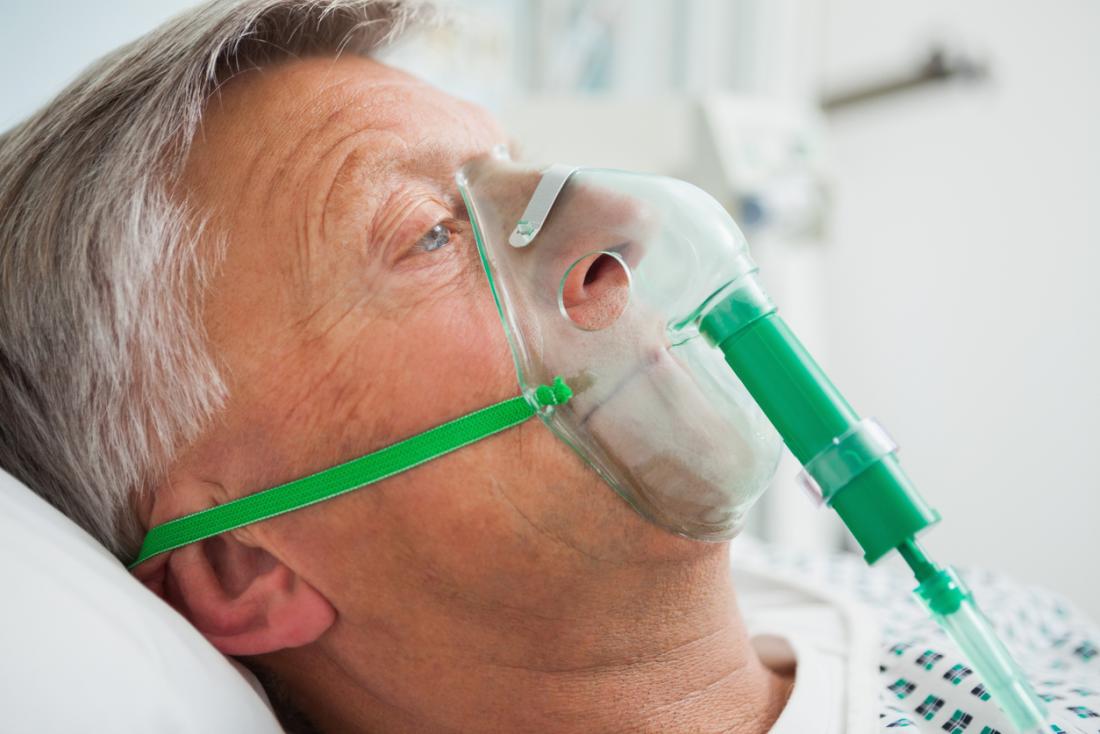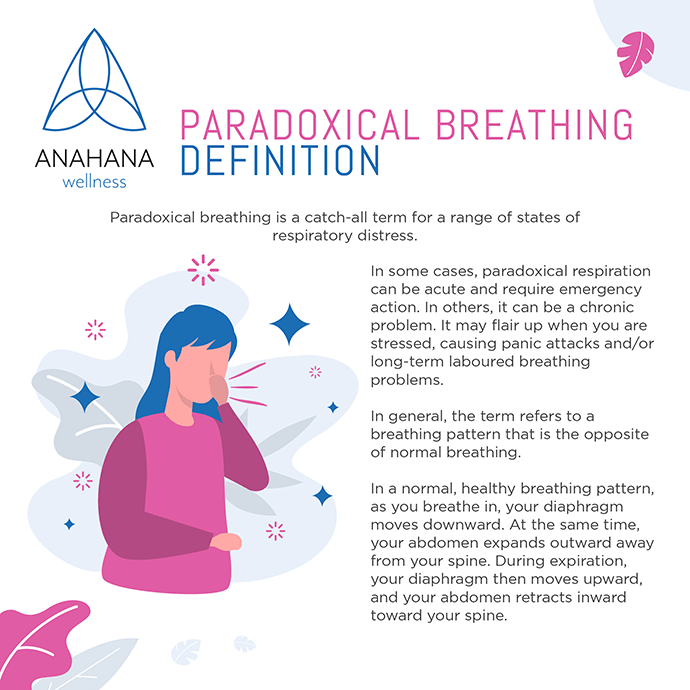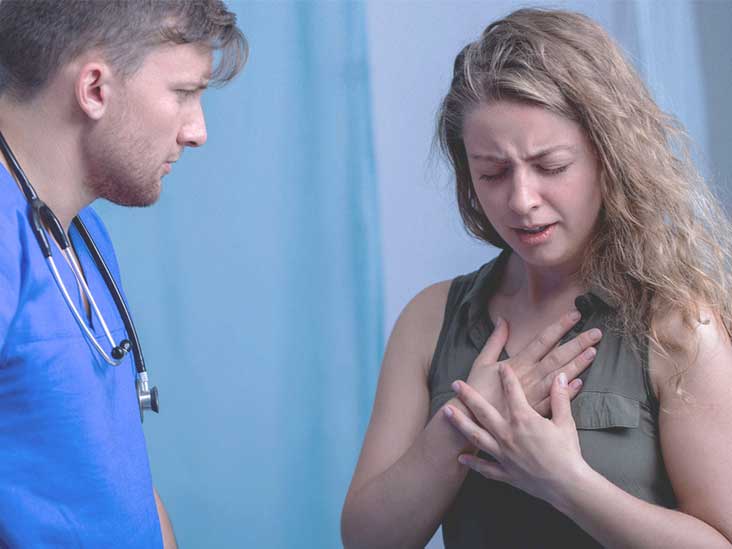Sporadic Shallow Breathing
But if your exercise is mild or sporadic or never you may well have gotten into the habit of shallow breathing. Breathing patterns in general may be grouped into four types.

Paradoxical Breathing Symptoms And Causes
A sharp stabbing pain in the chest that comes and goes can have various causes from heart attacks to muscle strains.
/paradoxical-breathing-overview-4587590-FINAL-6b40afe7e58747c89dafb59ad7556880.png)
Sporadic shallow breathing. Inhale a deep breath through your nose. This irregular breathing pattern is common in premature babies in the first few weeks of life. Unintended tension anxiety or physical or emotional distress can cause the actors breathing to become shallow and sporadic.
Concentrating on your breathing and aiming to slow it. Quick shallow breathing can be brought about by a few things including diseases stifling blood clusters and the sky is the limit from there. Symptoms could include new or unexplained chest pain coupled with shortness of breath a cold sweat nausea fatigue or lightheadedness.
Narcotic abuse can cause fatigue shallow breathing anxiety euphoria vomiting confusion and constipation. This blocks the natural flow of physical and emotional impulses and their expression limiting the actors creative state. Shallow short breathing means that the pranic currents flow in a sporadic convulsive manner and do not pass through the whole length of the ida and pingala nadis as they should.
Emotion Beats and Physical Manifestations. This type of breathing allows us to hijack the bodys natural blood pressure regulation system. Here are the breathing measurements of six emotions demonstrating these four patterns.
This can help bring. Intermittent shortness of breath is the shortness of breath that comes and goes sometimes triggered by an external factor and sometimes just on its own. Periodic Breathing Infant Your baby may have breathing that pauses for up to 10 seconds at a time.
Breathing symptoms are common symptoms of lung or heart conditions emotions or injury. There may be several such pauses close together followed by a series of rapid shallow breaths. Aside from your chest the pain pressure or discomfort.
It has many different potential underlying causes including nerve disorders trauma and infection. This may mean more limited and more quick breaths. Shortness of breath that comes on suddenly called acute has a limited number of causes including.
Most cases of shortness of breath are due to heart or lung conditions. It can be because of a physical blockage in the airway starting from the nose to. Anger rage Noisy breathing Loud speech with short breaths between sentences.
Relearning how to breathe from the diaphragm benefits everyone. Breathing techniques that simulate high-altitude training increase the bloods oxygen carrying capacity and enhance VO2 max. Throughout this post breath and breathing can often be interchanged.
Breathing correctly increases muscle oxygenation contributing to both VO2 max and AT. A drug overdose can be fatal and causes sleepiness confusion coma vomiting and other symptoms. Make the sounds ha ha ha as you do it.
Concentrating on your breathing and aiming to slow it down will reduce your heart rate and make you feel more calm and in control. The most common form of respiratory dysfunction is usually just chronic shallow breathing eventually leading to an inability to breathe deeply due to weakness and stiffness you dont use deep breathing so you lose deep breathing. A considerable amount of energy is wasted in poor breathing patterns leading to a more or.
Habitual failure to fully exhale - involving an upper chest breathing pattern - may lead to hypocapnia - ie a deficiency of carbon dioxide in the blood. Alarm anxiety concern dread Holding ones breath Shallow fast breaths. Breathe in through your nose for 4 seconds and out through pursed lips like youre blowing out a candle for 8.
Cheyne-Stokes breathing is an abnormal pattern of breathing commonly seen as patients approach death. Dyspnea or shortness of breath is when you try to catch your breath and it becomes difficult to inhale and exhale. The way characters breathe or dont breathe shows their emotions.
Hold for five seconds. Your heart and lungs are involved in transporting oxygen to your tissues and removing carbon dioxide and problems with either of these processes affect your breathing. Contaminations that influence the lungs like pneumonia or bronchitis can cause trouble relaxing.
Sit with your elbows slightly back. How you breathe really matters especially for athletes. Also the heart depends upon the mechanism of breathing for its regulation.
Patients who experience Cheyne-Stokes breathing will take several breaths followed by a long pause before regular breathing resumes. Exhale slowly through your nose. The medical terms for breathing symptoms are dyspnea difficulty breathing tachypnea rapid breathing hypopnea shallow breathing hyperpnea deep.
If you feel yourself becoming stressed you will notice how your heart rate increases and your breathing becomes more shallow and sporadic. If you exercise regularly or meditate or practice yoga you probably are using your diaphragm to breathe even though you may not be aware of it. Lie on your back.
Learn about the most common causes and their treatment. Breathing pattern disorders occur when ventilation exceeds metabolic demands resulting in symptom-producing haemodynamic and chemical changes. Some heart rhythm disorders can cause a fluttering in the chest shortness of breath chest pain or dizziness.
Breathing is an important factor in increasing VO2 max and AT. Inhale deeply through your mouth. Agonal breathing is instead an abnormal and often brief and inadequate pattern of breathing.
Paradoxical breathing is typically a symptom of diaphragmatic dysfunction. If you feel yourself becoming stressed you will notice how your heart rate increases and your breathing becomes more shallow and sporadic. Sit or lie down and relax your shoulders as much as you can.
Agonal breathing may sound like gasping but it can also sound like snorting and labored breathing. This is called periodic breathing. A fast and deep b fast and shallow c slow and deep and d slow and shallow.
It is named for the physicians John Cheyne and William Stokes who first described the pattern in the early 1800s. Then blow air out through your mouth in three even breaths. Rapid and shallow with sporadic peaks.
A lifelong habit of breathing shallowly is only a short hop away from feeling short of breath.

Paradoxical Breathing Learn How To Breath Better Feel Healthier

Paradoxical Breathing Symptoms Causes And Treatments

Breathing Patterns Abnormal And Irregular Respirations Respiratory Therapy Zone Youtube